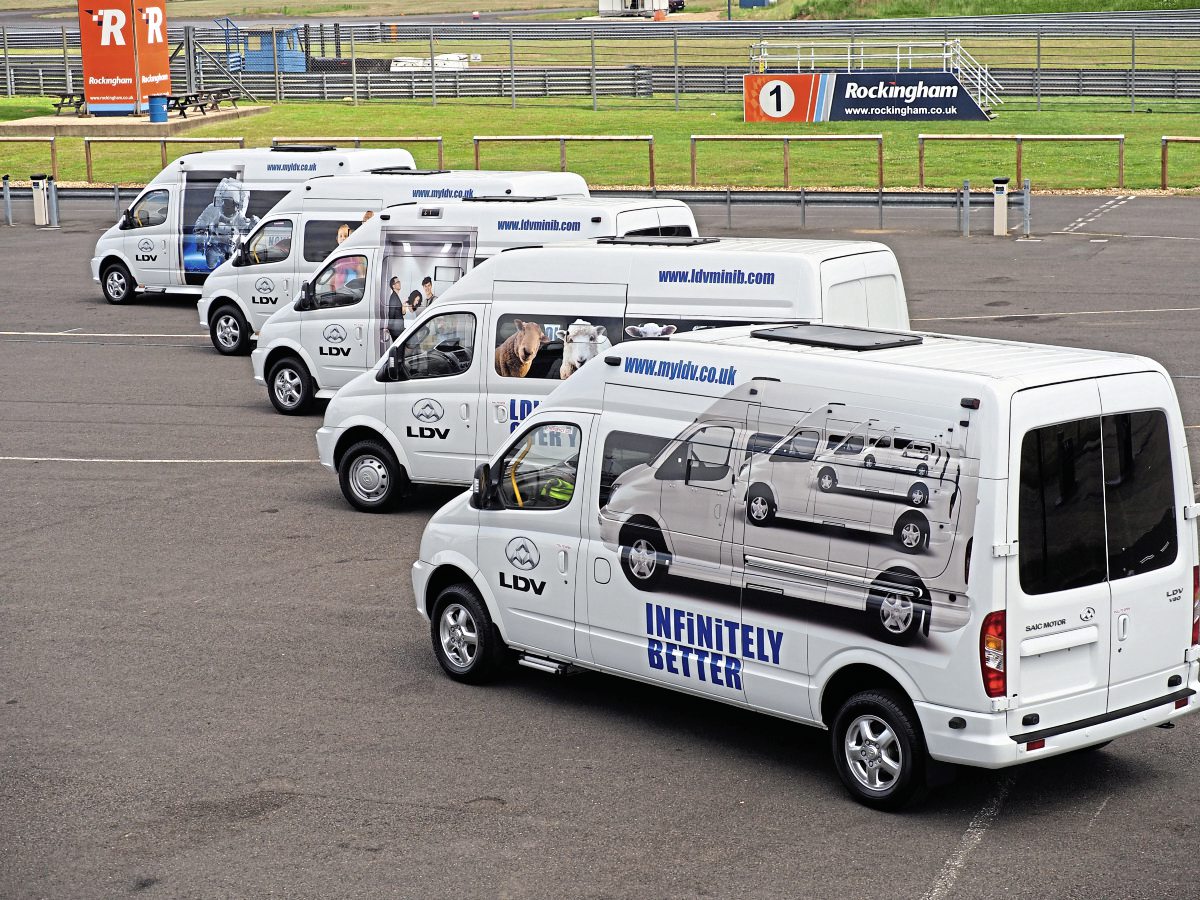Building a practical kitchen in your minibus can transform your road trips and nature adventures into a more pleasurable and efficient experience. With the right space-saving solutions, you can make the most of every inch of your minibus with a layout that caters to both your kitchen necessities and your way of life. Whether you're heading out for a quick escape or going on an long trip, having a dedicated kitchen area will allow you to cook on the go, reclaiming you time and money.
In this overview, we will investigate the most efficient strategies for creating and building a kitchen in your minibus conversion. From choosing the right appliances to organizing your storage well, we will cover important tips that ensure you have all you need at your access while still making the most of a small space. Join us as we delve into the world of mobile conversions and learn how to build a kitchen that is not only practical but also tailored to your preferences and culinary preferences.
Essential Features for a Culinary Area in Your Van
While converting your vehicle into a practical kitchen space, the initial key feature is a space-efficient yet capable cooking area. This typically features a compact cooktop, such as a dual-zone gas stove or an ceramic cooktop, which allows for versatile meal preparation without taking up too much area. Additionally, integrating a microwave or a toaster oven can significantly enhance your cooking capabilities while maintaining mobility. It's important to ensure that these appliances are firmly installed and suitable for use in a moving vehicle.
A further key feature is sufficient storage options. Given the limited space in a van, taking advantage of vertical storage options such as shelves, cabinets, and hanging racks will help maximize every inch at your disposal. Consider using dual-purpose furniture, like a kitchen island that serves as a workspace and dining area. Installing pull-out drawers or secret compartments can also provide easy access to cookware, utensils, and food items while ensuring the environment organized and mess-free.
Finally, proper ventilation is crucial for any kitchen setup. Installing a small ceiling fan or a vent hood will help reduce cooking odors and preserve air quality. Additionally, it is beneficial to incorporate a sink with running water for cleaning dishes and storing perishables effectively. A portable water tank and a simple drainage system can guarantee that your kitchen remains functional while lessening mess. These features work together to create a pleasant cooking experience, making your minibus conversion truly seem like home.
Compact Storage Solutions
As converting a minibus into a kitchen space, optimizing storage is essential. Consider utilizing the areas on top of the kitchen counter to install cabinets or shelves that can store pots, pans, and utensils. Making use of these vertical spaces keeps your kitchen organized and frees up floor space for mobility. Magnetic strips can also be affixed to the walls to secure metal kitchen tools, adding extra storage while avoiding clutter.
Another effective method for space-saving is adding multi-functional furniture. A collapsible dining table can serve as both a prep area and a dining space, permitting easy stowaway when not in use. Additionally, seating with under-seat storage can stash bulkier items like small appliances or food supplies, giving you a tidy appearance without sacrificing accessibility.
Finally, consider integrating slide-out drawers and pull-out pantry units. These features can maximize storage in narrow spaces and make it easy to access supplies without overreach or dig through items in a deep cabinet. By thoughtfully planning your kitchen layout and utilizing innovative storage solutions, you can create a functional and efficient cooking area within your minibus without feeling cramped.
Layout Design Tips for a Practical Kitchen

When designing a kitchen in your mobile home, optimizing the available space is essential. Start by developing a plan that focuses on accessibility and usability. Use a narrow corridor kitchen design, where all essential elements are aligned on one or both sides. This makes sure that the cook can quickly reach appliances, prep areas, and storage without avoidable movement. Consider versatile furniture, such as a collapsible table or foldable countertops, that can be stored when not in use to maximize open space.
Another crucial aspect to take into account is the arrangement of appliances. Compact and energy-efficient models, such as small coolers and portable stoves, should be deliberately placed to allow for convenient reach while cooking. Incorporate storage ideas like upper cabinets, extendable shelves, and hidden drawers that make use of vertical space smartly. Utilize my link or wall-mounted boards for hanging utensils and cookware, ensuring counters neat and organized.
Lastly, pay attention to the layout of services. Ensure that your kitchen has proper ventilation, especially if you intend to cook regularly. Installing a small fan or vent can help promote air circulation and reduce odors. Proper lighting is also essential; consider using LED strip lights under cabinets to light up work surfaces. With thoughtful planning and intelligent design choices, your minibus can be both efficient and welcoming, making it the center of your travel home.
